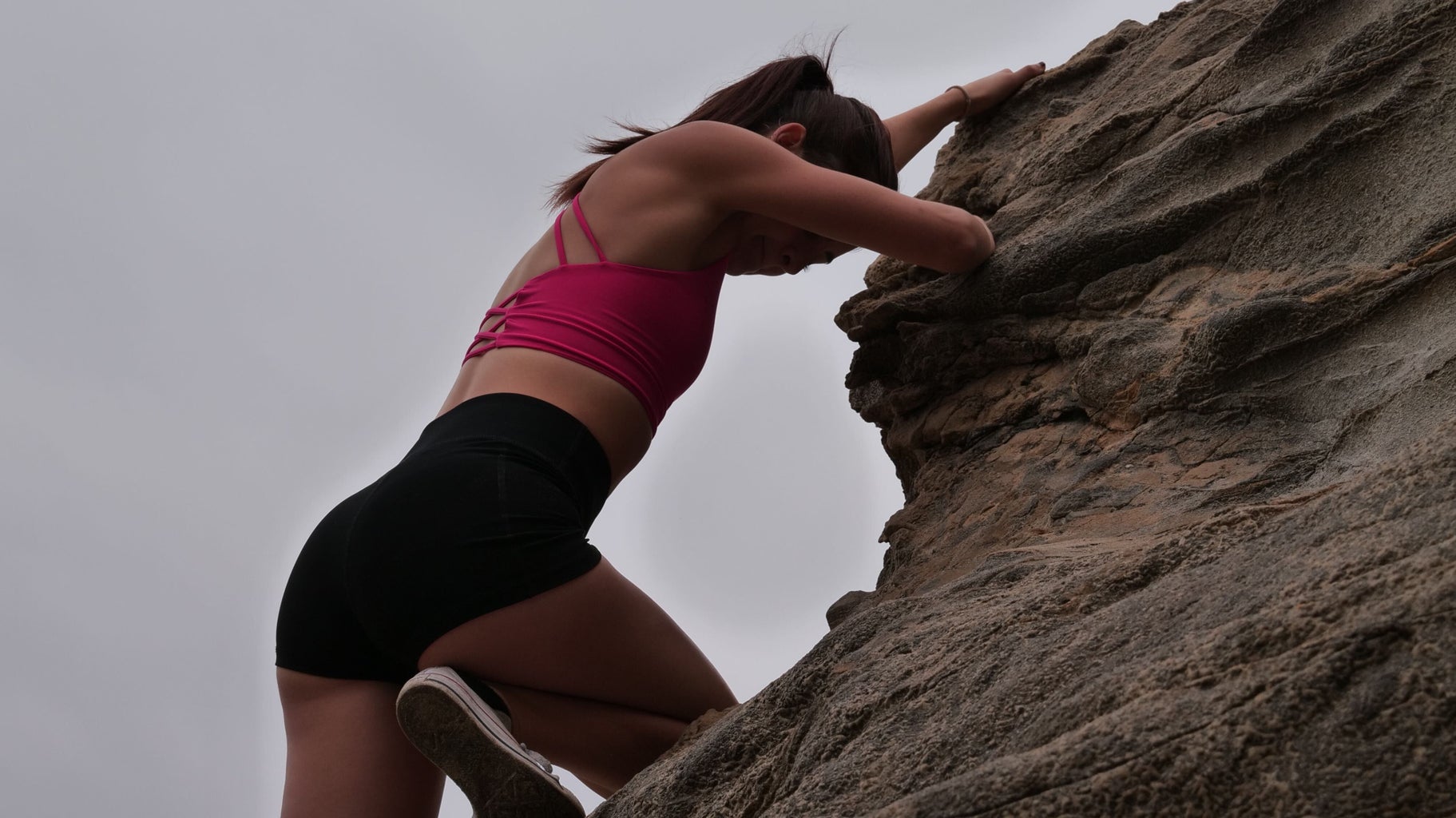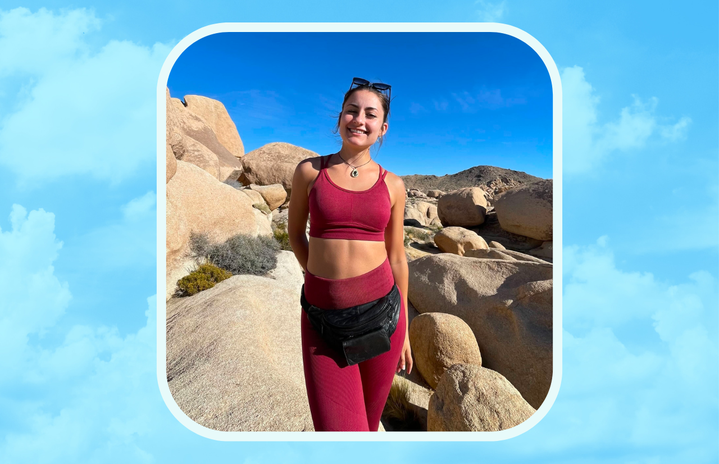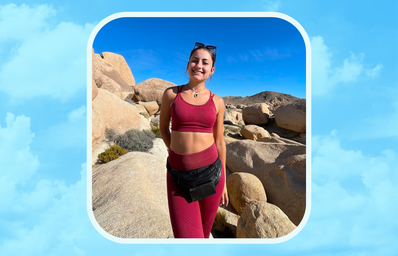Content warning: This article discusses weight. When I was 11, I begged my Dad to take me to the gym with him. After several annoying pleas and some unnecessary tweenage attitude, he allowed me to tag along. However, he advised me to stay tucked away to the treadmills in the corner as he made his descent into the sea of clanking metal. I’d curiously peek around the corner into the weights room which was illuminated by a sign that clearly prohibited usage from those under 14. I wanted more than anything to be in there. It seemed like a playground for big kids. One where I could get creative, push myself, and have fun.
So, as aging permits, I eventually turned 14, and my weight room fantasy could become a reality. Caught up in the fearlessness of youth, I threw myself into the deep end and began lifting weights as much as possible. I loved it. I spent hours in the gym going heavier and heavier, and hours out of the gym hunting through Pinterest for workout ideas. I immediately wanted to go back, do more, and push harder.
But, during my workouts, I started catching glances of myself in the mirrors. I examined the way my stomach folded into a roll as I reached down to pick up my water bottle. I stared at my inner thighs after a set, gently strangling them with my hands to see if they had gotten smaller. And I was never happy with what I had achieved. The gym slowly morphed into a nightmare of my creation, like one of those dreams when you’re being chased but you just can’t seem to run away fast enough. I knew it wasn’t right, but I couldn’t stop.
I pushed my students to do the one thing I wouldn’t dare to do myself: have fun. It was kind of a sick way to live vicariously through others.
The obsession didn’t stop in high school. When I started college, I began teaching group fitness classes. It seemed fitting for a gym-obsessed 18-year-old, but, interestingly, my goal as an instructor was to make sure everyone was finding joy in their exercise and listening to their body. I pushed my students to do the one thing I wouldn’t dare to do myself: have fun. It was kind of a sick way to live vicariously through others. I became a con artist of sorts, preaching a degree of self-enlightenment that was only a far-off dream.
But I could only ignore what my brain was begging of me for so long. And when you don’t listen, your body talks. At the start of my sophomore year, I started having issues with involuntary muscle contractions and pelvic floor dysfunction. I was experiencing severe pain after workouts due to my muscles’ inability to relax. My doctors instructed me to stop lifting heavy weights to learn how to engage my muscles properly. I tried to resist my doctor’s orders, but ultimately, the post-workout pain was too much to ignore.
So, I was back again at the treadmills, staring longingly into the weight room. But this time, the longing came from a place of self-pity: If I could only get back in there, I could be the person I wanted to be. Soon, the treadmill became tiresome. Self-loathing was exhausting. And The Bachelor was more fun to watch on the couch, anyway. My workouts slowed nearly to a stop. After about a year of inactivity, I felt even sicker than before. My body was craving movement.
During my junior year, I made it my absolute mission to try activities that actually sounded fun to me. (Crazy, I know.) First, I began dabbling in rock climbing. Scaling the walls was frightening and required all of my presence. It also demanded failure and adaptability, something that my meticulously crafted weight-lifting routines never quite allotted me. Oh, and my favorite part of the climbing gym was that the only mirror was in the grimy bathroom in the back.

Next, I signed up for a yoga class. I had taken one yoga class several years earlier and I distinctly remember feeling upset that I could breathe after class. In fact, I could breathe deeper than when I started class. A good workout should leave you breathless, I thought. I was wrong. About a lot.
But, alas, there I was at yoga class number two. I was guided through a slow beginner flow and I felt frustrated that my brain was working at double the speed of my body. (Can we put this sh*t in 2x speed, please?) But, as I continued, and learned to breathe into the flow, I found a new, experiential challenge — the kind which challenged me to work with myself, not against myself. It helped me to focus on what my brain and body could do, not what it looked like.
Now, as a senior, I have stuck with all of these forms of movement without restriction. I’ve learned to listen to my body the way that I so deeply wanted my group fitness students to.
Finally, I made the jump to return to one of my childhood passions: aerial silks. I had written it off after age 10 as just a little kid activity. But, I guess aging is just slowly learning how to be like a kid again. If you don’t know what aerial silks are, they’re fabric suspended from the ceiling that you climb. It combines dance with gymnastics and strength. Unlike the other activities, aerial silks allowed me to tap into my sensuality. I never knew that that piece of myself could be accessed through movement.
Now, as a senior, I have stuck with all of these forms of movement without restriction. I’ve learned to listen to my body the way that I so deeply wanted my group fitness students to. And the best part is, I got exactly what I was looking for in the weight room when I was a little girl trapped on the treadmills: to be on the big kid playground, having fun, and pushing myself. Sure, it took me seven years to realize that I didn’t need to fit the mold of a typical gym rat to be a “healthy” person. But now, I’ve found that the most sustainable form of exercise is one that you enjoy. Trust me, it’ll change everything about the way you move.


